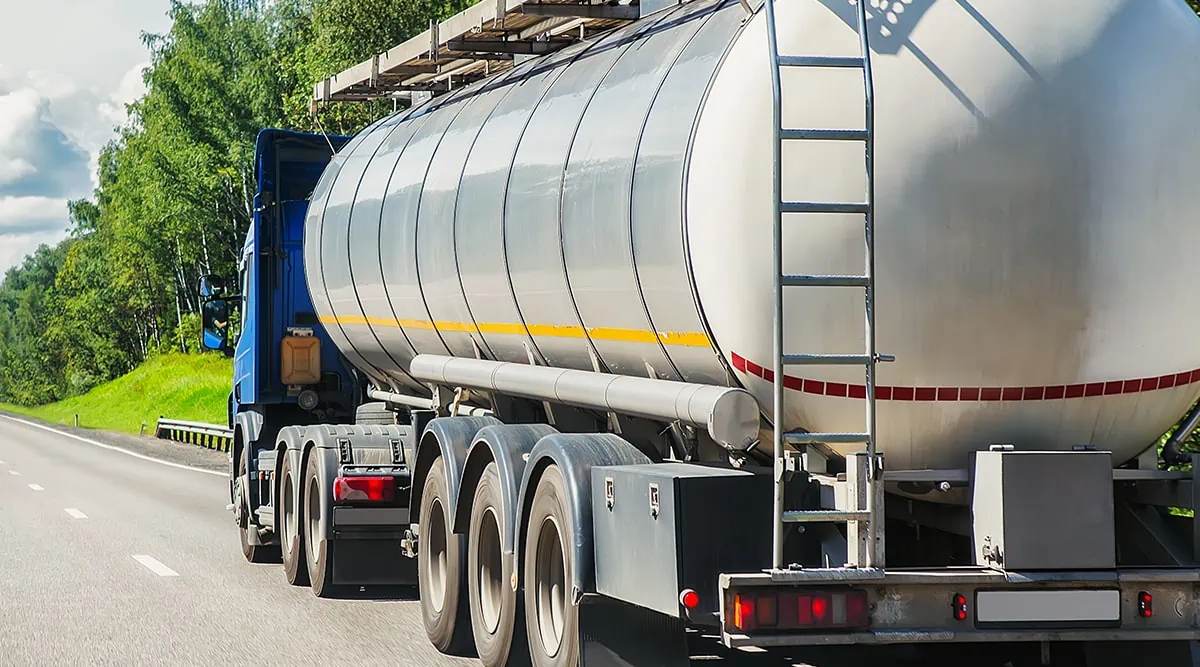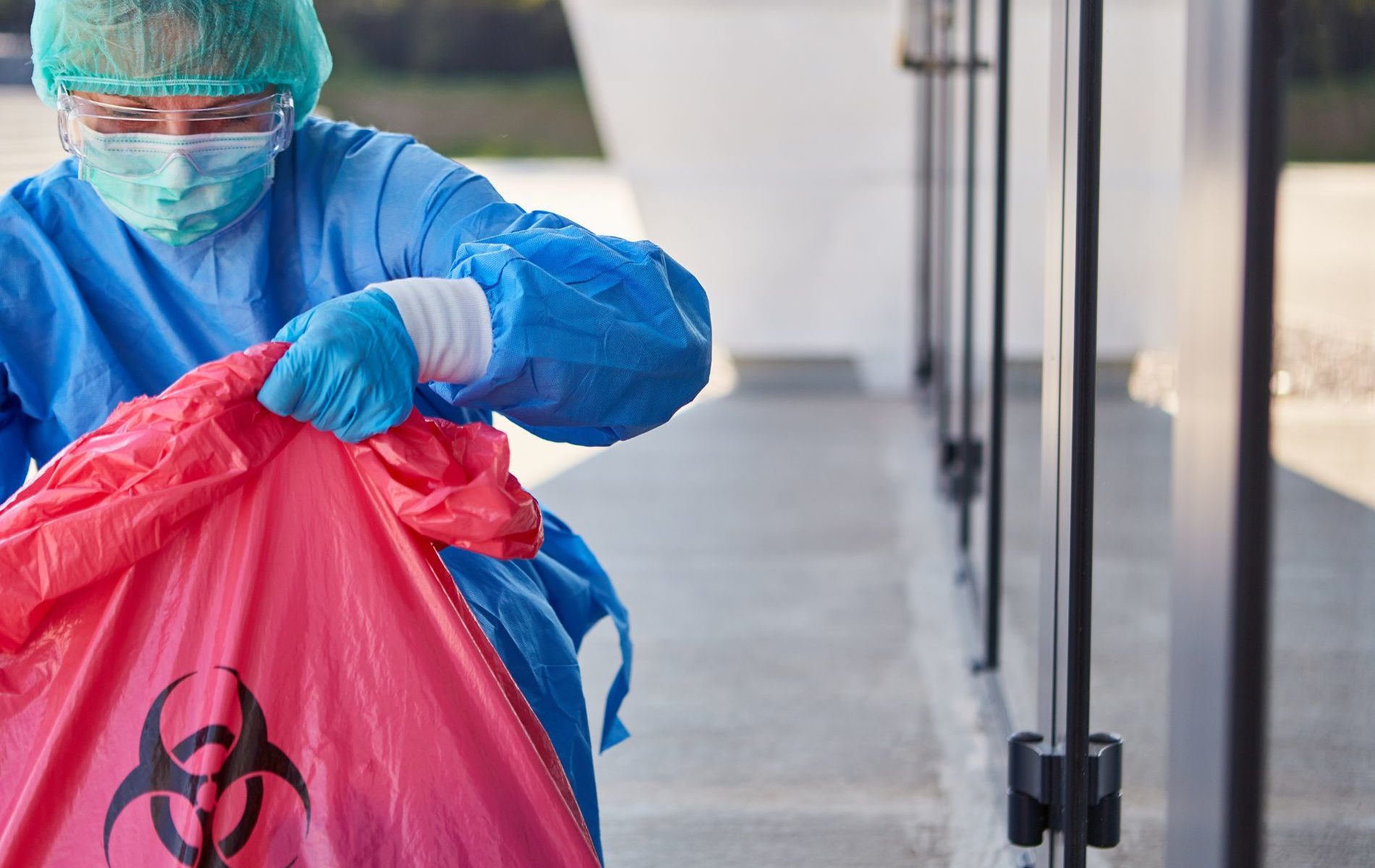The 30-Second Trick For Reclaim Waste
The 30-Second Trick For Reclaim Waste
Blog Article
The 8-Second Trick For Reclaim Waste
Table of ContentsTop Guidelines Of Reclaim WasteOur Reclaim Waste PDFsAbout Reclaim WasteThe smart Trick of Reclaim Waste That Nobody is Talking AboutExamine This Report on Reclaim Waste
Check out the kinds, events, and forms of fluid waste. Domestic sewer waste describes the waste and items from a residential sewage-disposal tank. This type of waste is developed by human beings in homes, schools, and other buildings. This only includes sewage-disposal tanks that have a drainpipe area. The appropriate management and disposal of residential sewage waste require fluid waste to be moved to a sewage therapy plant where the appropriate approaches and tools are put on detoxify and deal with waste.
Business waste usually consists of possible dangers, such as combustible products or a blend of liquid and strong waste items, and calls for an advanced and comprehensive disposal procedure. The disposal of commercial waste normally entails the filtration of waste prior to transport to make sure risk-free and correct disposal. Industrial waste is developed from byproducts and drainage of industrial procedures and production.
This kind of waste can not utilize the very same sewer monitoring transport or procedures as septic or industrial fluids. The industrial waste management process needs the examination and testing of liquid waste before it undertakes the disposal procedure (liquid waste removal melbourne). Drainage waste is the fluid waste that originates from drainage and excess stormwater in extremely inhabited locations or cities
Drainage waste can trigger contamination and flooding if not taken care of correctly. Making certain proper waste administration can avoid calamities and lower ecological harm.
The 8-Minute Rule for Reclaim Waste
Call PROS Services today to learn more about our waste administration and disposal services and the appropriate methods to take care of the liquid waste you create.
(https://triberr.com/reclaimwaste1)This supposed 'wastewater' is not just an essential source but, after treatment, will be released to our land, rivers or the sea. Made use of water from toilets, showers, bathrooms, cooking area sinks, washings and commercial procedures is known as wastewater.

water made use of to cool equipment or clean plant and equipment). Stormwater, a type of wastewater, is overflow that flows from agricultural and metropolitan locations such as roofs, parks, gardens, roads, courses and gutters into stormwater drains pipes, after rainfall. Stormwater flows neglected directly to local creeks or rivers, ultimately getting to the sea.
Some Known Incorrect Statements About Reclaim Waste
In Queensland, the majority of wastewater is dealt with at sewage treatment plants. Wastewater is transported from domestic or industrial sites through a system of drains and pump terminals, referred to as sewerage reticulation, to a sewer therapy plant. Local federal governments develop, keep and run most sewage treatment plants. Operators are licensed under the Environmental Management Act 1994 to discharge cured wastewater at an acceptable environmental criterion right into rivers.
The Division of Natural Resources recommends local governments concerning handling, operating and maintaining sewerage systems and therapy plants. In unsewered areas, regional governments might need homeowners to set up private or house sewer treatment systems to treat residential wastewater from toilets, kitchens, shower rooms and washings. The Division of Natural Resources authorizes making use of family systems when they are proven to be reliable.
A lot of stormwater obtains no treatment. In some new class, treatment of some stormwater to get rid of clutter, sand and crushed rock has started using gross contaminant catches. Wastewater therapy occurs in 4 stages: Eliminates strong matter. Larger solids, such as plastics and other objects mistakenly discharged to sewers, are gotten rid of when wastewater is passed via screens.
Utilizes little living microorganisms recognizes as micro-organisms to break down and remove continuing to be dissolved wastes and fine fragments. Micro-organisms and wastes are integrated in the sludge.
The Ultimate Guide To Reclaim Waste
Nutrient removal is not available at all sewer treatment plants due to the this article fact that it calls for expensive specialised tools. Clear liquid effluent generated after treatment may still consist of disease-causing micro-organisms - liquid waste removal melbourne.

This usually suggests wastewater needs to be treated or impurities gotten rid of before it can be discharged to waterways. A lot of wastewater streams into the sewerage system. Under the Act, city governments carry out authorizations and permits for ecologically relevant tasks (ERAs) entailing wastewater launches that could have a neighborhood impact. The department provides authorizations and permits to Periods involving wastewater releases that may have a local or statewide influence.
A Biased View of Reclaim Waste
Or else, examples are considered lab evaluation. Often lots of examinations are needed to develop the levels of each of the various pollutants such as oils, heavy steels and chemicals in water. Tracking supplies factual details regarding water high quality and can verify that licence problems are being satisfied. The information gotten through surveillance provides the basis for making water top quality decisions.
Report this page